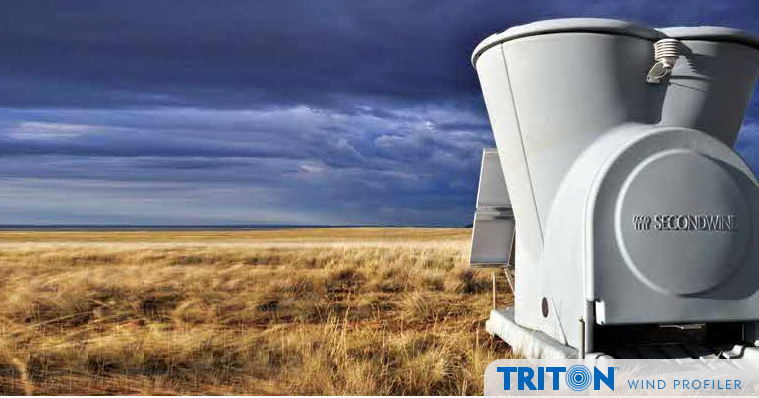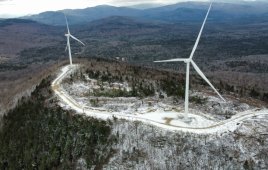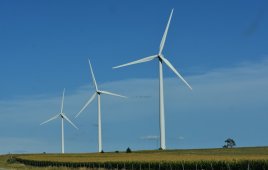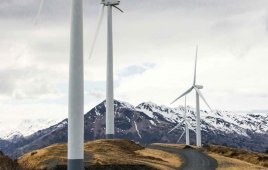A manufacturer of wind measurement systems has developed a turn-key community wind information service to provide community wind project developers with analysis of wind power potential. Second Wind says its program will fuel the growth of community-scale wind power projects. The Community Wind Information Service uses leading-edge wind measurement technology to provide comprehensive wind resource analyses to individuals and groups who are considering wind turbines on sites such as farms, industrial facilities, landfills, schools, wastewater treatment plants, and community lands.
The service will enable community wind developers to decide quickly and cost-effectively whether the wind resource at their site will make their proposed wind power project economically viable. The process begins with Second Wind deploying a Triton Sonic Wind Profiler to conduct a wind measurement campaign. Second Wind then analyzes the Triton data and other wind information sources to produce a Wind Information Report. The report includes detailed wind resource data, energy estimates, and capacity factors of turbines that the customer is considering. With minimal environmental impact, few permitting requirements, and a fast installation process, Triton can accelerate the development process. Because Triton units are easily relocated, Second Wind can evaluate multiple sites in a single community faster and at a lower cost than meteorological towers.
“Community wind project economics are very tight,” says Matthew Cumberworth, Sr., vice president wind energy at WPCS, an international design-build engineering firm that provides meteorological tower and Triton installation, maintenance, and data services to wind farm developers. “Many projects don’t have a budget for consulting and equipment purchases for site evaluation. A service like Second Wind’s can make the difference between a productive project and a project that’s shut down after a year.”
Triton is a remote sensing system that uses sodar technology to measure wind at higher heights than the previous tower-based standard. By measuring wind speeds at the turbine rotor’s hub height and beyond (up to 200 m), Triton reduces uncertainty in annual energy production (AEP) forecasts.
The Community Wind Information Service is available to municipalities, private landowners, engineering firms, or anyone developing community wind projects. It is cost-optimized for projects with small capital budgets involving low numbers of small turbines – 1 or 2 MW. The assessment period can last anywhere from 3 to 12 months, and all service options are priced under $50,000 USD.
Second Wind www.secondwind.com
Filed Under: Community wind





